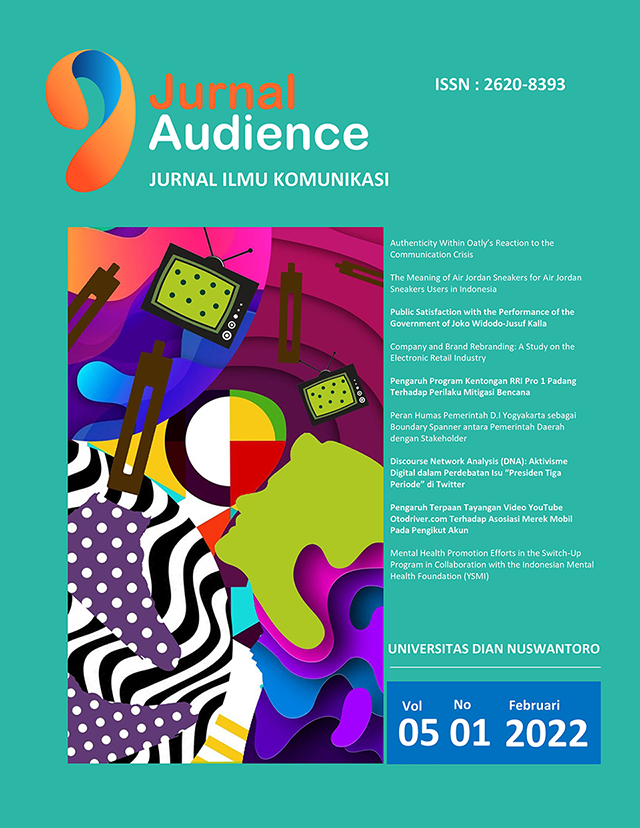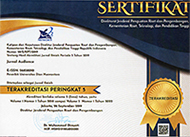The Meaning of Air Jordan Sneakers for Air Jordan Sneakers Users in Indonesia
DOI:
https://doi.org/10.33633/ja.v5i1.5767Abstract
Air Jordan is a sneaker made by Nike for Michael Jordan in the 1984. Air Jordan was first made as a basketball shoe and was worn by Michael Jordan in his matches. Currently, Air Jordan has become a fashion trend where these sneakers are worn by people daily, from children to adults. Based on this phenomenon, the researchers wanted to see what meaning actually contained in the Air Jordan sneakers for the Air Jordan sneakers users and how Air Jordan sneakers users understood themselves when wearing Air Jordan’s. This research will be reviewed using phenomenological theory and the theory of Elaboration Likelihood Method. The research method used is a qualitative method, with data collection techniques through in-depth interviews with five informants who are members of the Air Jordan Indonesia community. The results of the study show that in a noema, Air Jordan is a sneaker that has a colourway and a model that is favoured by the public. Noeically, Air Jordan has historical, investment, and social value for its users. In addition, Air Jordan also makes its users feel more confident, cool, and youthful. Therefore, it can be concluded that Air Jordan has its own meaning for its users.Downloads
Published
2022-09-11
Issue
Section
Articles
License
Authors who publish with this journal agree to the following terms:
- Authors retain copyright and grant the journal right of first publication with the work simultaneously licensed under a Creative Commons Attribution License that allows others to share the work with an acknowledgment of the work's authorship and initial publication in this journal.
- Authors are able to enter into separate, additional contractual arrangements for the non-exclusive distribution of the journal's published version of the work (e.g., post it to an institutional repository or publish it in a book), with an acknowledgment of its initial publication in this journal.
- Authors are permitted and encouraged to post their work online (e.g., in institutional repositories or on their website) prior to and during the submission process, as it can lead to productive exchanges, as well as earlier and greater citation of published work (See The Effect of Open Access).





















